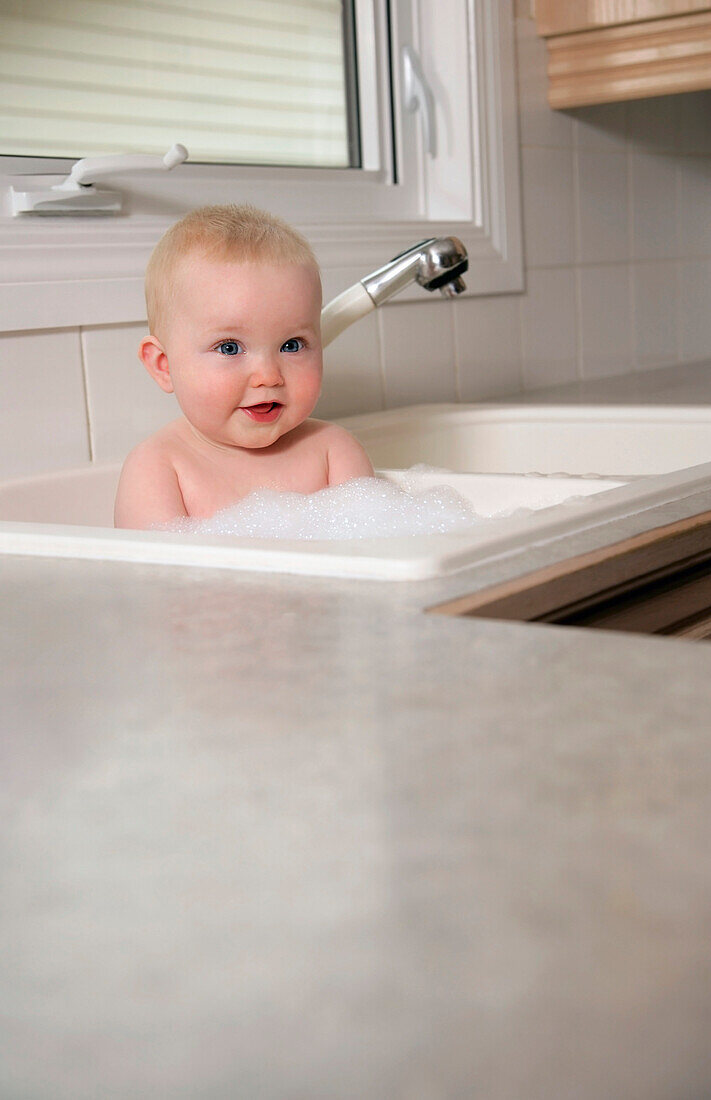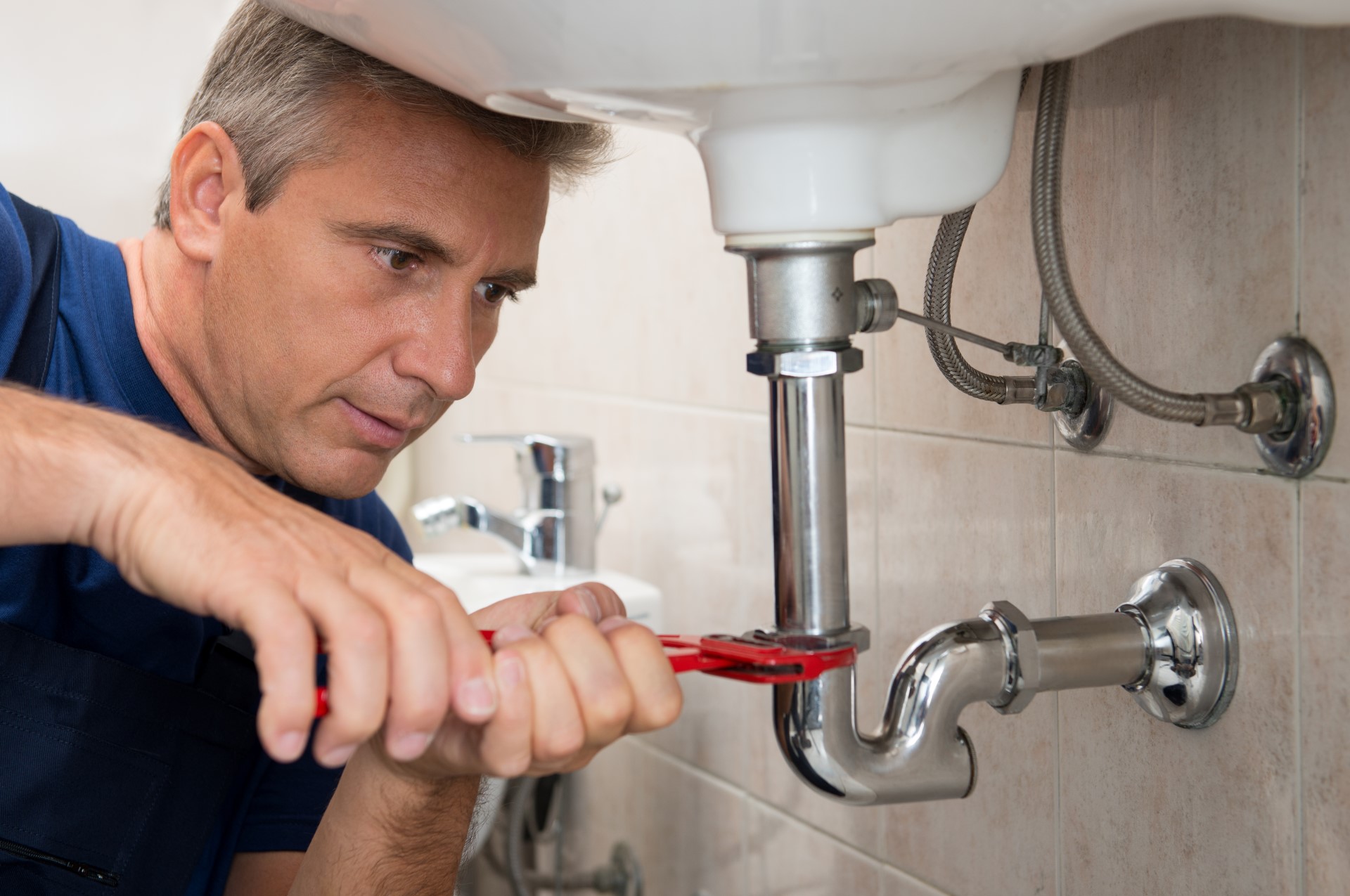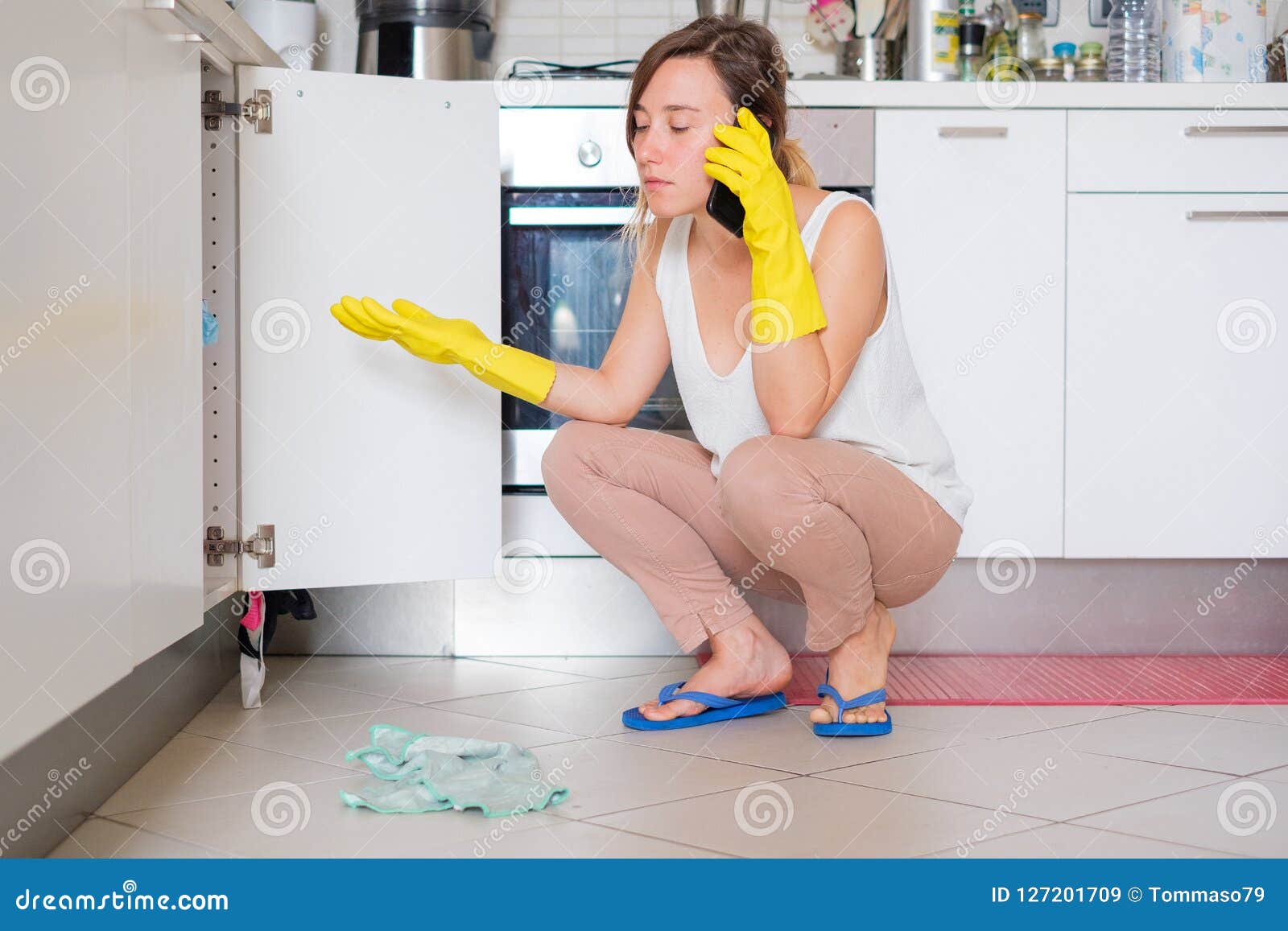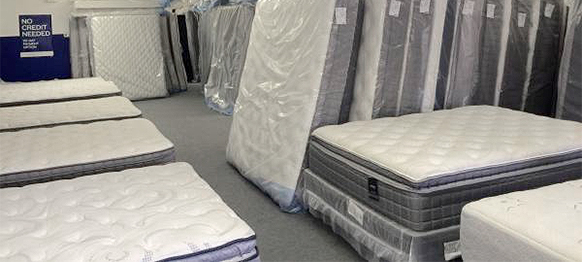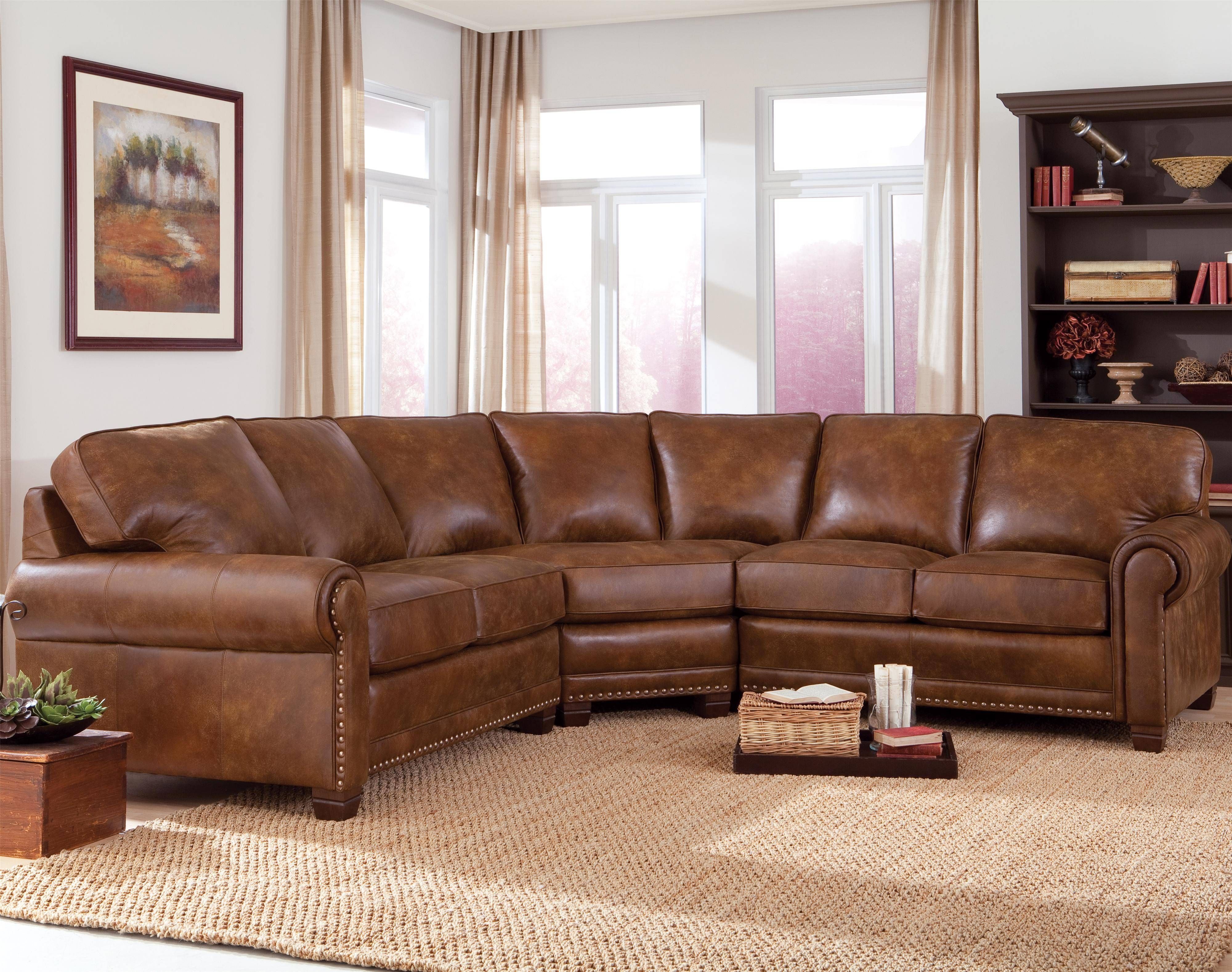How to Fix a Frozen Kitchen Sink
Dealing with a frozen kitchen sink can be a major inconvenience, especially during the cold winter months. Not being able to use your sink for washing dishes, preparing food, or even just getting a glass of water is frustrating. However, there are steps you can take to fix a frozen kitchen sink and prevent it from happening again in the future.
How to Thaw a Frozen Kitchen Sink
If your kitchen sink is already frozen, the first step is to thaw it out. The best way to do this is by using hot water. Boil a pot of water and carefully pour it down the drain. This will help to melt the ice and allow the water to flow again. You may need to repeat this process a few times for it to completely thaw.
What to Do When Your Kitchen Sink is Frozen
If you find yourself with a frozen kitchen sink, there are a few things you can do to help resolve the issue. First, check to see if any pipes leading to the sink are also frozen. If so, you will need to thaw them out as well. You can use a hair dryer or space heater to warm up the pipes and melt the ice. It's important to be careful when using any type of heat source near pipes to avoid any potential damage.
Preventing Frozen Pipes in Your Kitchen Sink
One of the best ways to deal with a frozen kitchen sink is to prevent it from happening in the first place. This can be done by insulating your pipes. You can buy pipe insulation from most hardware stores and install it yourself. It's also important to keep your kitchen warm, especially during extremely cold weather. Opening cabinet doors to allow warm air to circulate around the pipes can also help prevent freezing.
Why is My Kitchen Sink Not Getting Any Water?
If your kitchen sink is not getting any water, it could be due to a frozen pipe. However, there are other potential causes that should be considered. Check to see if there is a problem with your water supply by testing other faucets in your home. If they are also not getting water, then there may be an issue with the main water supply. If it's only your kitchen sink, then it's likely a frozen pipe.
How to Troubleshoot a Kitchen Sink with No Water
If you are experiencing a kitchen sink with no water, there are a few things you can do to troubleshoot the issue. First, check to make sure the shut-off valve under the sink is fully open. If it is, then the problem is likely a frozen pipe. You can also check for any visible signs of a leak or blockage in the pipes. If you are unable to find the cause of the issue, it may be best to call a plumber for further assistance.
Possible Causes for a Frozen Kitchen Sink
There are several possible causes for a frozen kitchen sink. One of the most common is a lack of insulation in the pipes. Other potential causes could include extremely cold weather, lack of heat in the kitchen, or a leak in the pipes. It's important to address the issue as soon as possible to prevent any further damage.
How to Insulate Your Kitchen Sink to Prevent Freezing
If you've experienced a frozen kitchen sink before, it's important to take steps to prevent it from happening again. As mentioned earlier, one of the best ways to do this is by insulating your pipes. You can use foam pipe insulation or heat tape to wrap around the pipes and keep them from freezing. It's also a good idea to keep your kitchen warm and to open cabinet doors to allow warm air to circulate.
Using a Hair Dryer to Thaw a Frozen Kitchen Sink
If you don't have any hot water on hand, you can also use a hair dryer to thaw a frozen kitchen sink. Be sure to use the lowest heat setting and hold the dryer a few inches away from the pipes to avoid any damage. It may take longer than using hot water, but it can still be effective in melting the ice and allowing the water to flow again.
When to Call a Plumber for a Frozen Kitchen Sink
If you have tried all of the above methods and your kitchen sink is still frozen, it may be time to call a plumber. A professional plumber will have the necessary tools and expertise to resolve the issue and prevent it from happening again. They can also check for any potential damage to the pipes and make any necessary repairs.
Kitchen Sink Not Working? It Could Be Due to Frozen Pipes
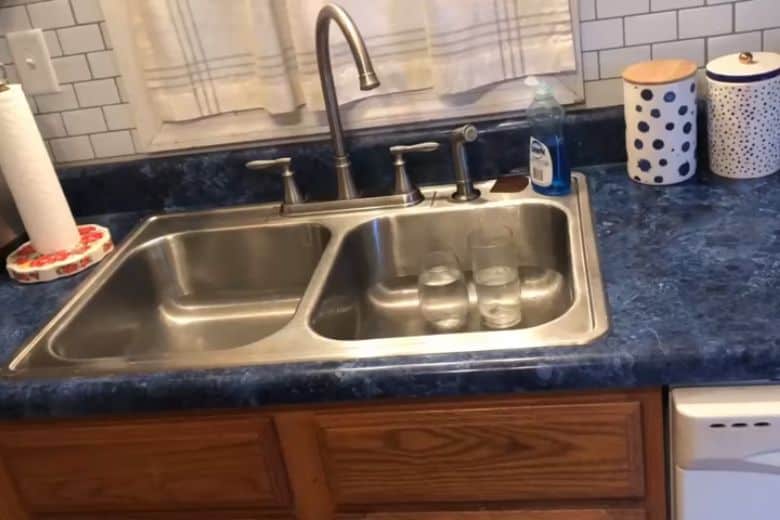
Don't Let Frozen Pipes Ruin Your Kitchen Design
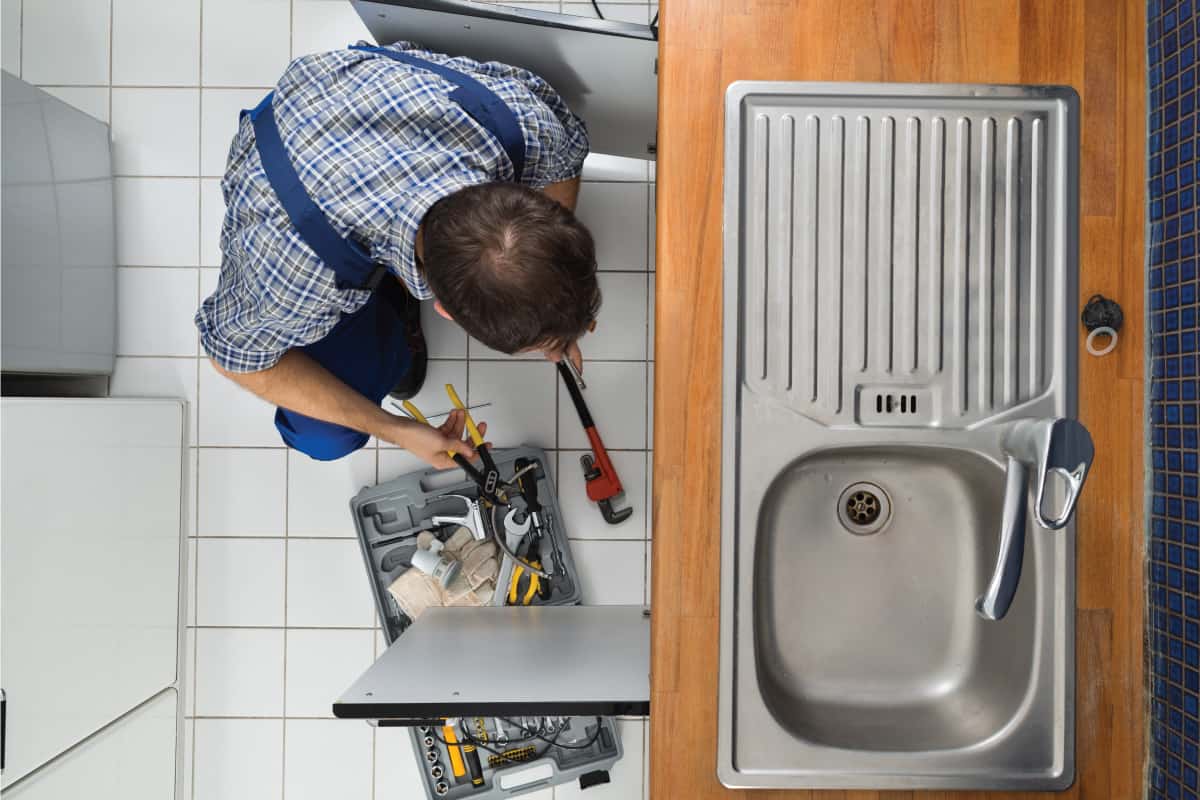 When it comes to designing a kitchen, we often focus on the aesthetic aspects such as countertops, cabinets, and appliances. However, one crucial element that is often overlooked is the plumbing system. Without a properly functioning plumbing system, your kitchen design will not only be incomplete but also cause major inconvenience, especially if your kitchen sink stops working due to frozen pipes.
Kitchen sinks are an essential part of any kitchen, and not having access to running water can disrupt your daily routine.
Frozen pipes are a common issue during the colder months, and they can cause a lot of damage if not addressed promptly. Pipes that are exposed to freezing temperatures can freeze, leading to restricted water flow or even burst pipes. So, what can you do to prevent your kitchen sink from not working due to frozen pipes?
When it comes to designing a kitchen, we often focus on the aesthetic aspects such as countertops, cabinets, and appliances. However, one crucial element that is often overlooked is the plumbing system. Without a properly functioning plumbing system, your kitchen design will not only be incomplete but also cause major inconvenience, especially if your kitchen sink stops working due to frozen pipes.
Kitchen sinks are an essential part of any kitchen, and not having access to running water can disrupt your daily routine.
Frozen pipes are a common issue during the colder months, and they can cause a lot of damage if not addressed promptly. Pipes that are exposed to freezing temperatures can freeze, leading to restricted water flow or even burst pipes. So, what can you do to prevent your kitchen sink from not working due to frozen pipes?
Insulate Your Pipes
 Insulating your pipes is a simple and effective way to prevent them from freezing.
You can do this by using foam or rubber insulation sleeves, which can easily be found at your local hardware store. Wrap the insulation around the pipes, paying extra attention to any exposed pipes in the basement or crawl space. This will help keep the pipes warm and prevent them from freezing.
Insulating your pipes is a simple and effective way to prevent them from freezing.
You can do this by using foam or rubber insulation sleeves, which can easily be found at your local hardware store. Wrap the insulation around the pipes, paying extra attention to any exposed pipes in the basement or crawl space. This will help keep the pipes warm and prevent them from freezing.
Keep Your Kitchen Warm
 Another way to prevent frozen pipes is by keeping your kitchen warm, especially during extreme cold weather.
You can do this by opening cabinet doors to allow warm air to circulate around the pipes or using a space heater in the kitchen. This will help keep the temperature around the pipes above freezing and prevent them from freezing.
Another way to prevent frozen pipes is by keeping your kitchen warm, especially during extreme cold weather.
You can do this by opening cabinet doors to allow warm air to circulate around the pipes or using a space heater in the kitchen. This will help keep the temperature around the pipes above freezing and prevent them from freezing.
Let the Faucet Drip
 If you know that temperatures will drop significantly, consider letting your kitchen faucet drip overnight.
This will keep the water moving and prevent it from freezing inside the pipes. It may increase your water bill slightly, but it's a small price to pay compared to the cost of repairing burst pipes.
If you know that temperatures will drop significantly, consider letting your kitchen faucet drip overnight.
This will keep the water moving and prevent it from freezing inside the pipes. It may increase your water bill slightly, but it's a small price to pay compared to the cost of repairing burst pipes.
Call a Professional
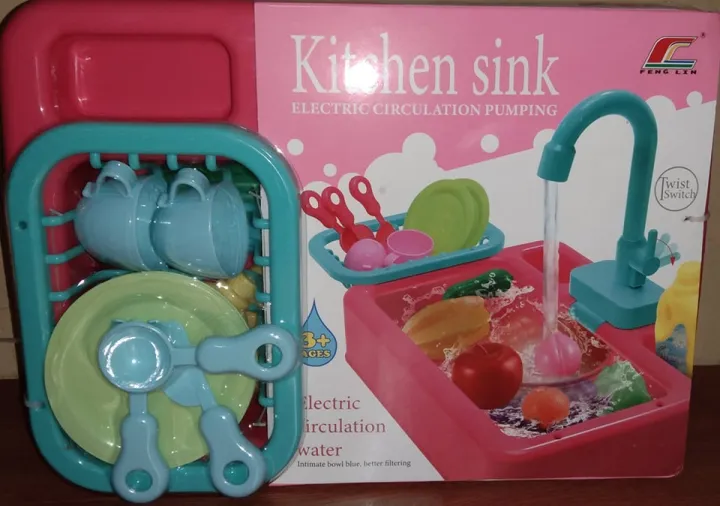 If your kitchen sink is not working due to frozen pipes, it's best to call a professional plumber.
They have the expertise and tools to properly thaw out frozen pipes and prevent any further damage. They can also inspect your plumbing system and make any necessary repairs or upgrades to prevent future issues.
In conclusion, a well-designed kitchen is not complete without a properly functioning plumbing system.
If your kitchen sink is not working due to frozen pipes, it can cause major inconvenience and damage to your home.
By following these simple tips, you can prevent frozen pipes and keep your kitchen running smoothly during the colder months. Don't let frozen pipes ruin your kitchen design, take the necessary precautions to protect your plumbing system.
If your kitchen sink is not working due to frozen pipes, it's best to call a professional plumber.
They have the expertise and tools to properly thaw out frozen pipes and prevent any further damage. They can also inspect your plumbing system and make any necessary repairs or upgrades to prevent future issues.
In conclusion, a well-designed kitchen is not complete without a properly functioning plumbing system.
If your kitchen sink is not working due to frozen pipes, it can cause major inconvenience and damage to your home.
By following these simple tips, you can prevent frozen pipes and keep your kitchen running smoothly during the colder months. Don't let frozen pipes ruin your kitchen design, take the necessary precautions to protect your plumbing system.
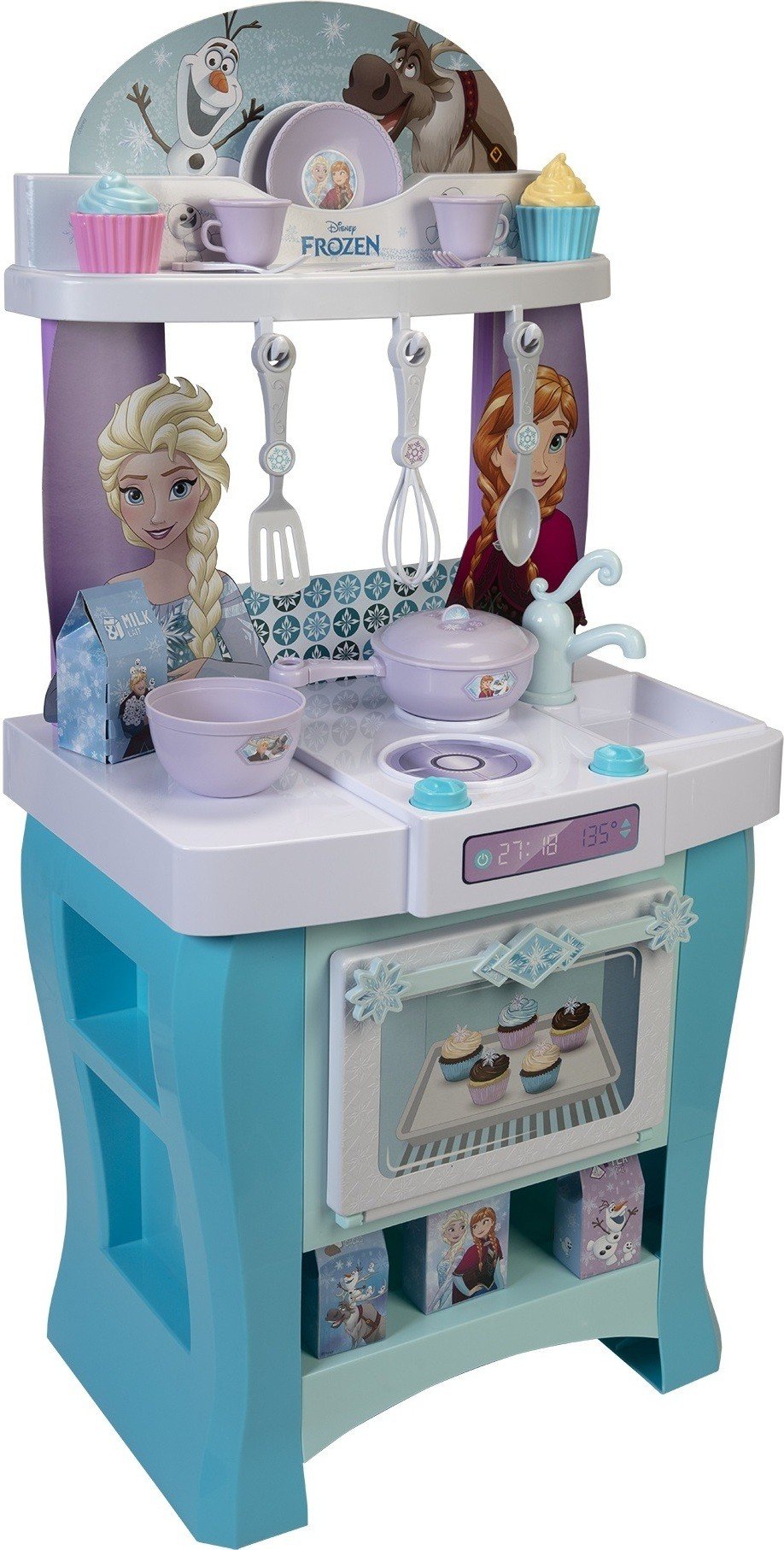


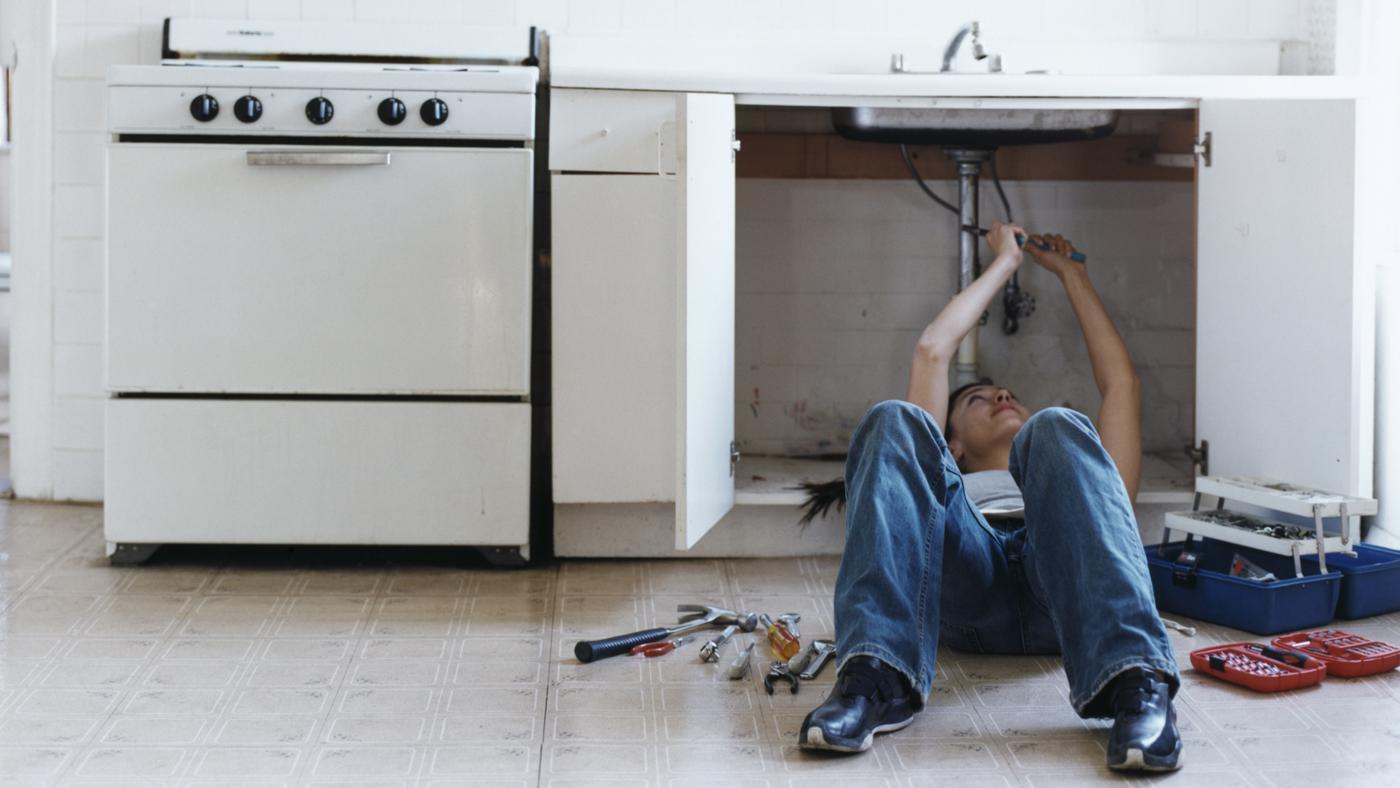
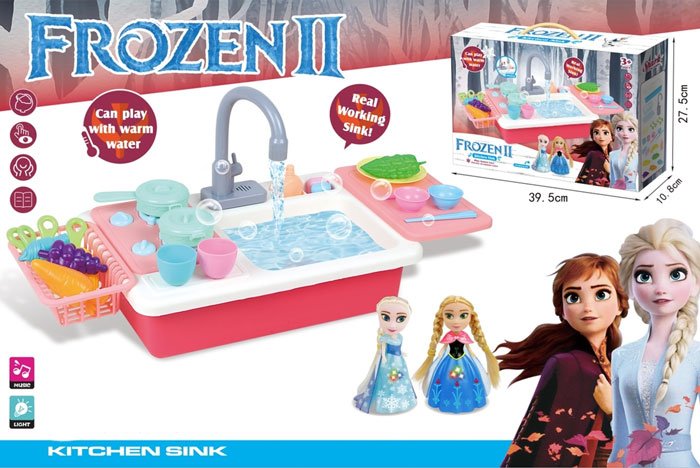



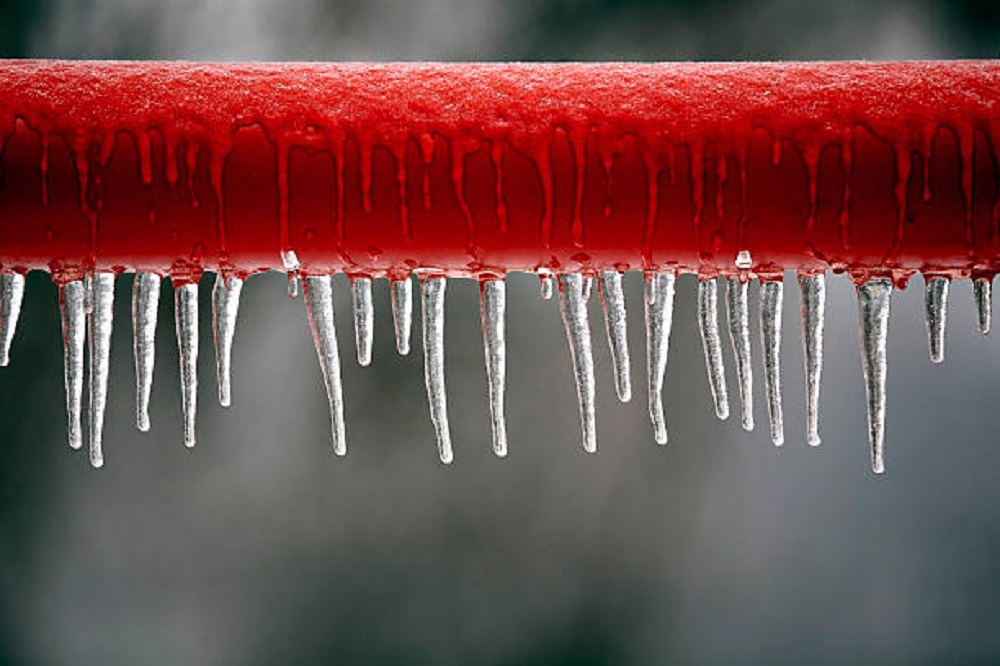
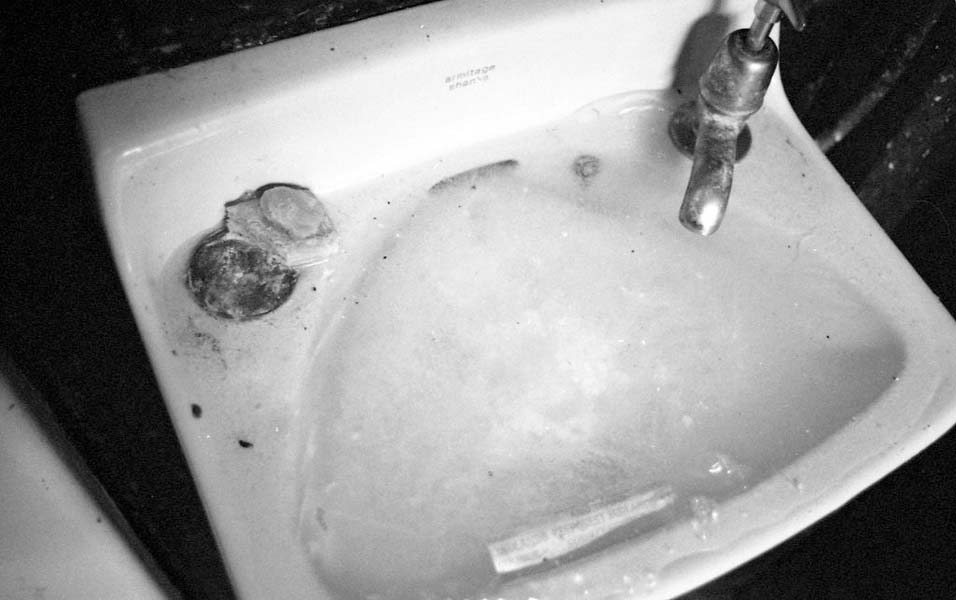




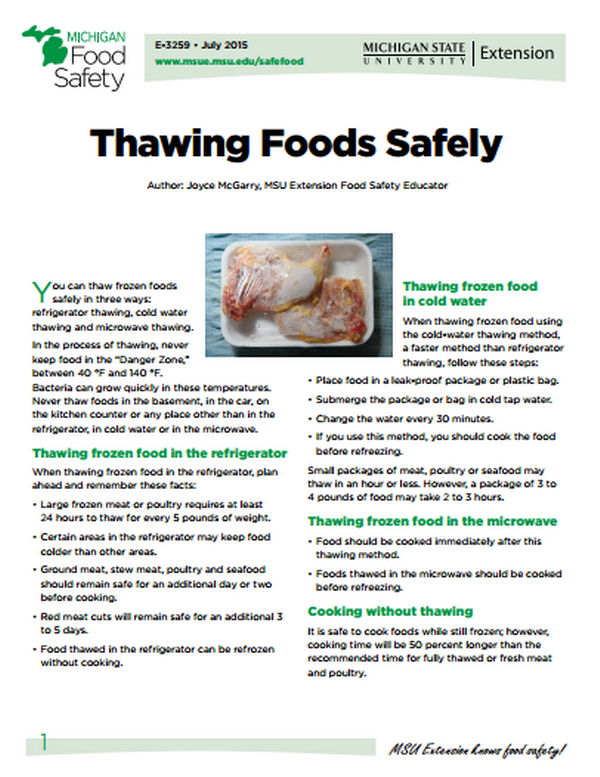












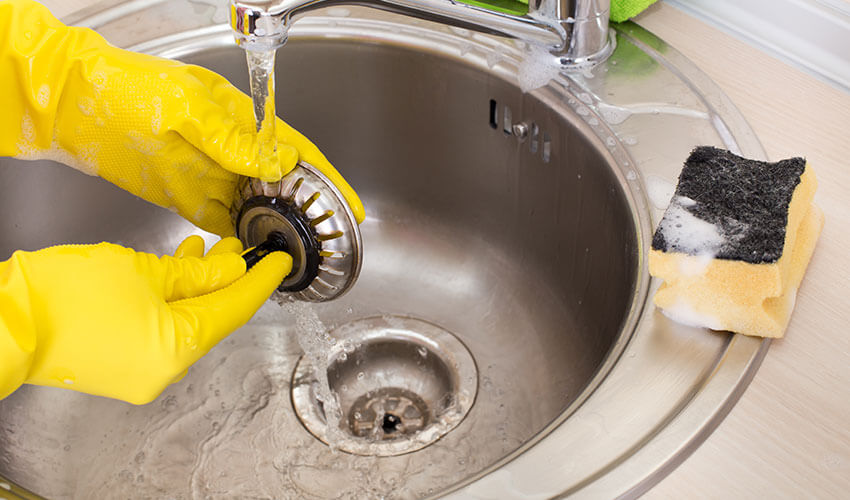

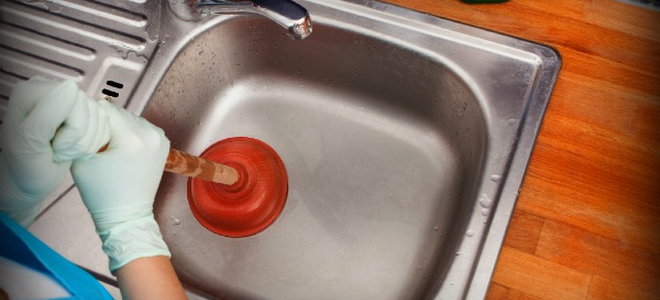







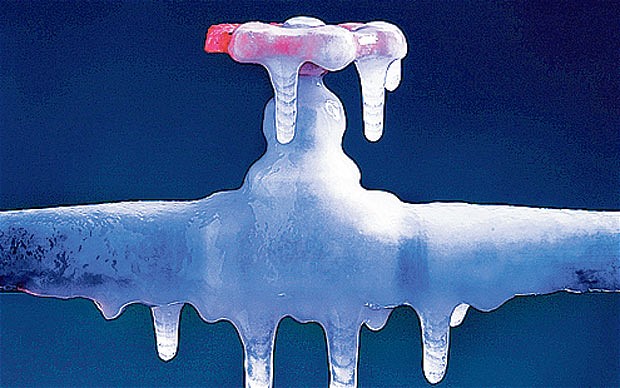


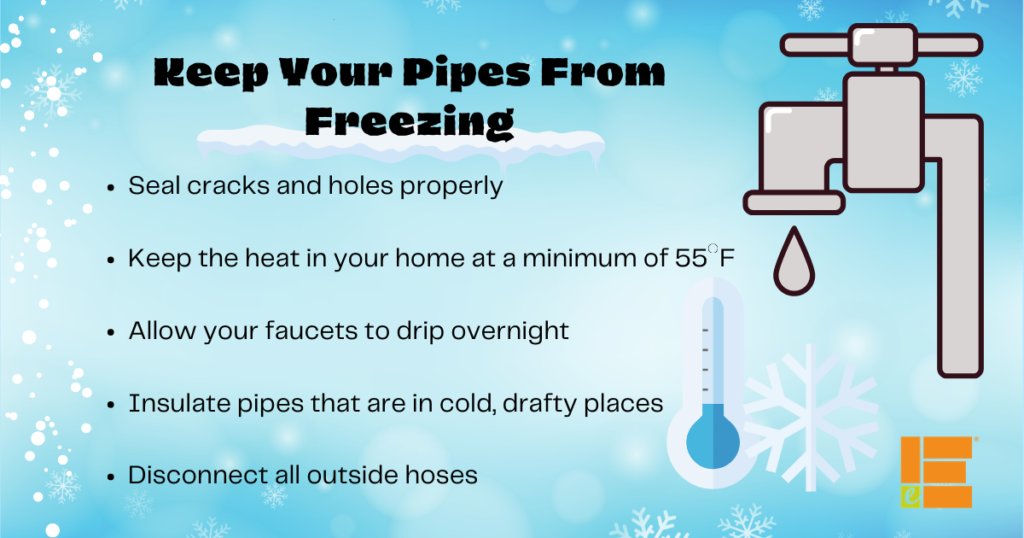
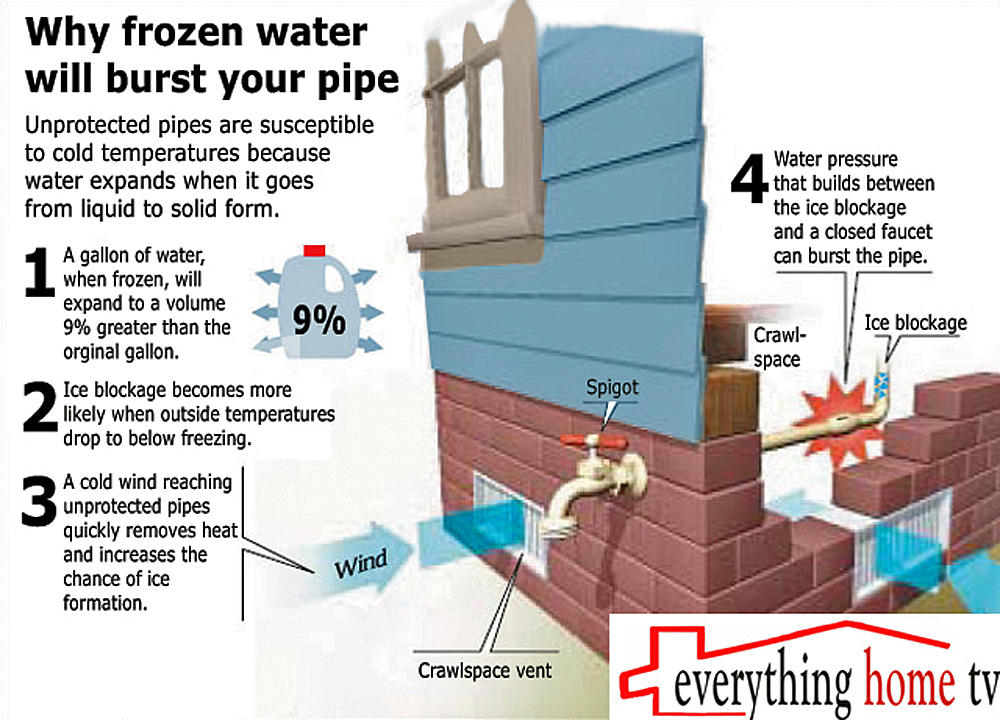

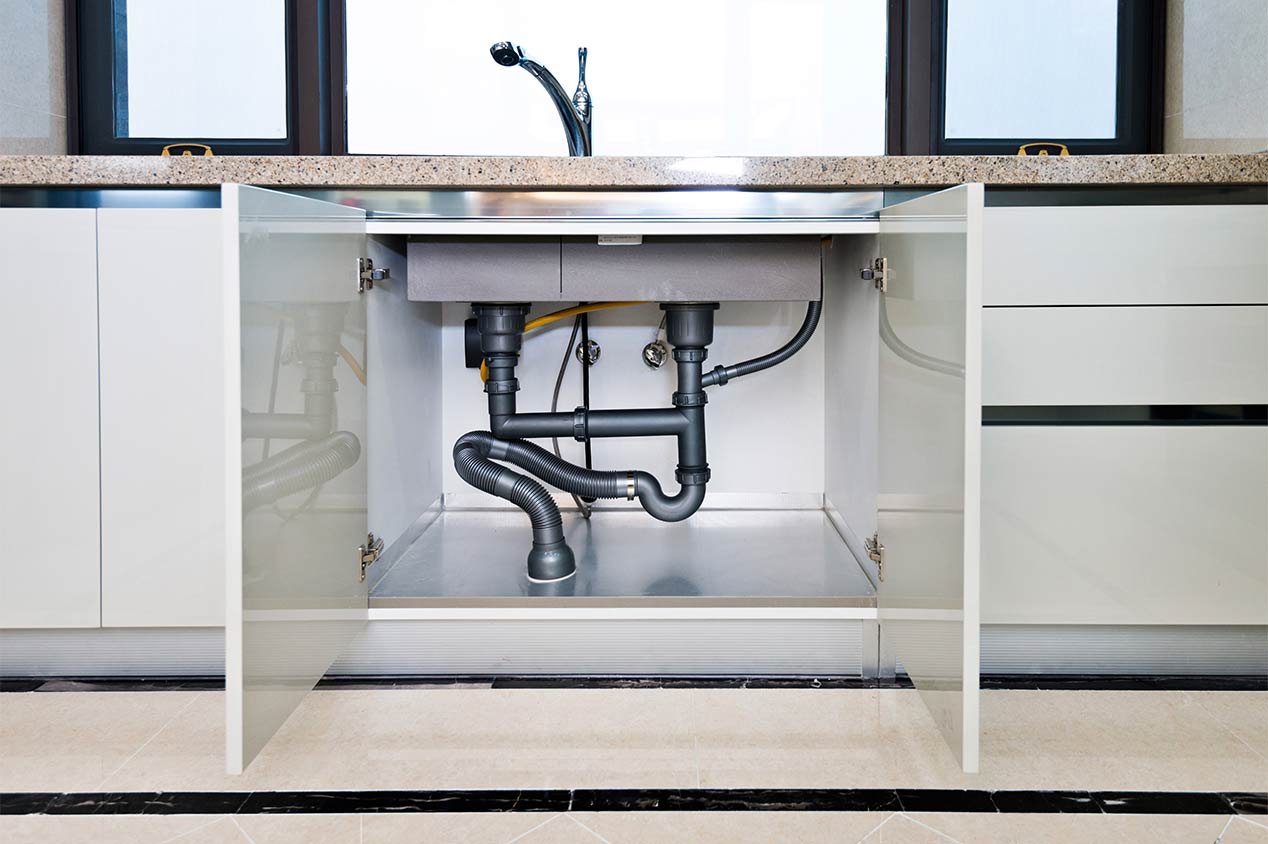





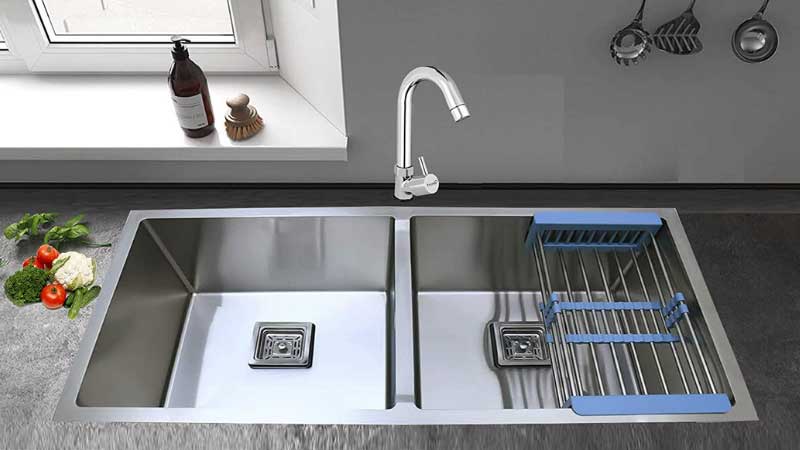
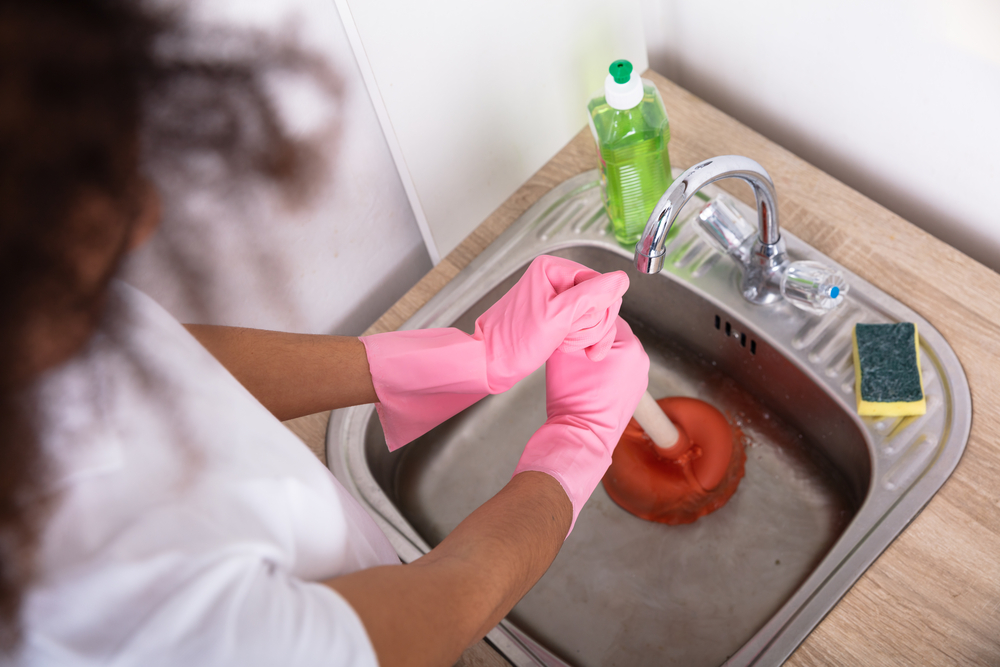


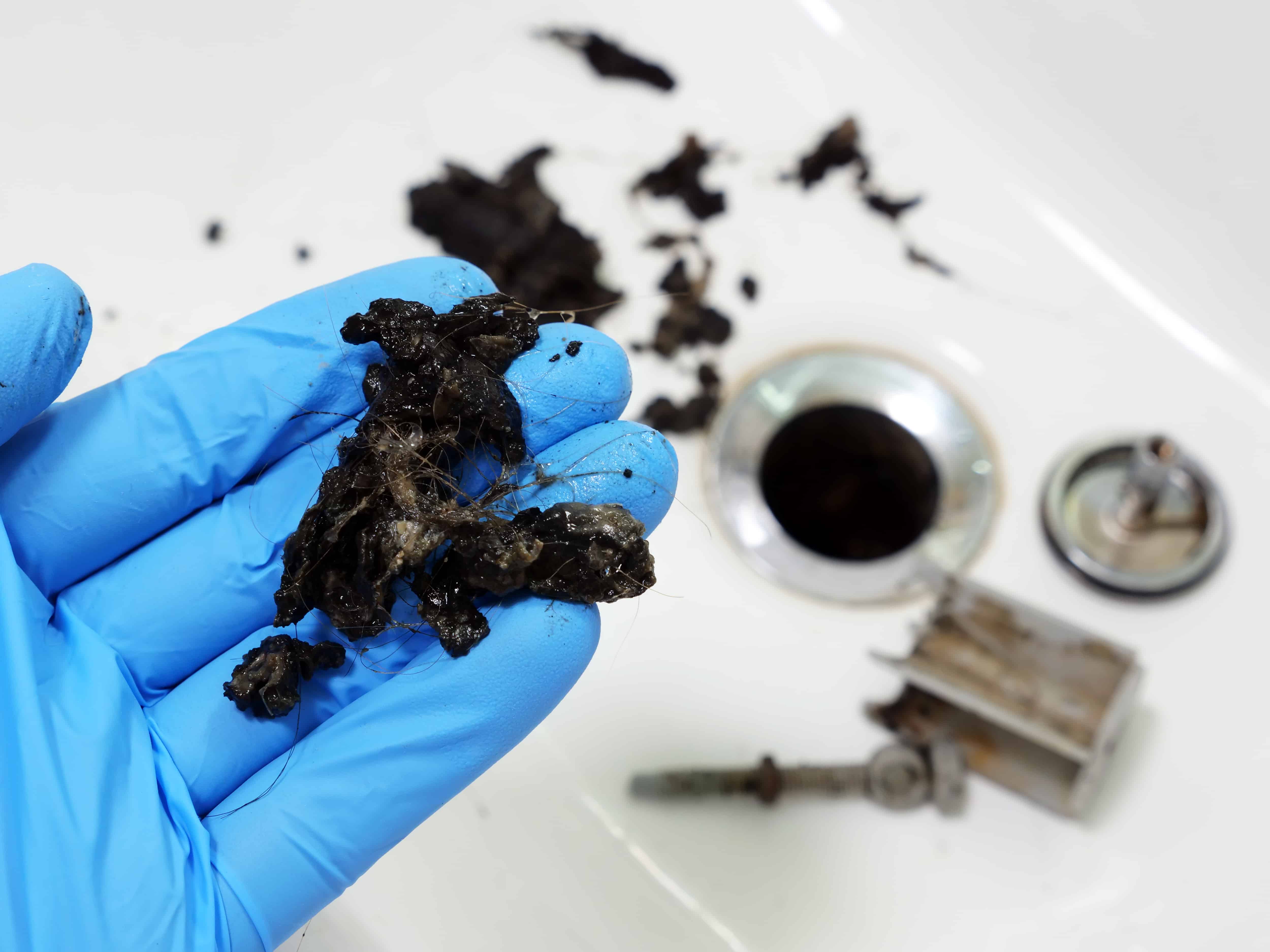






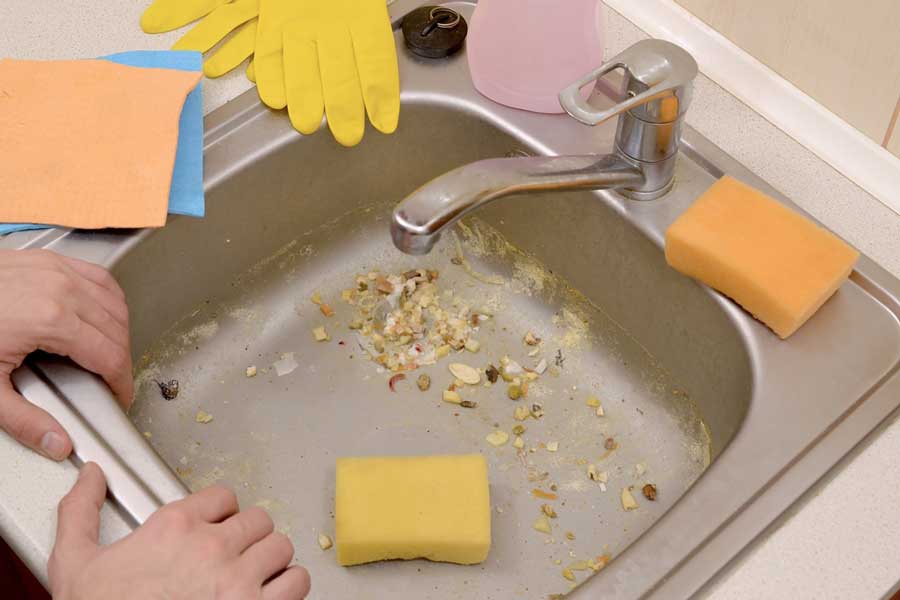

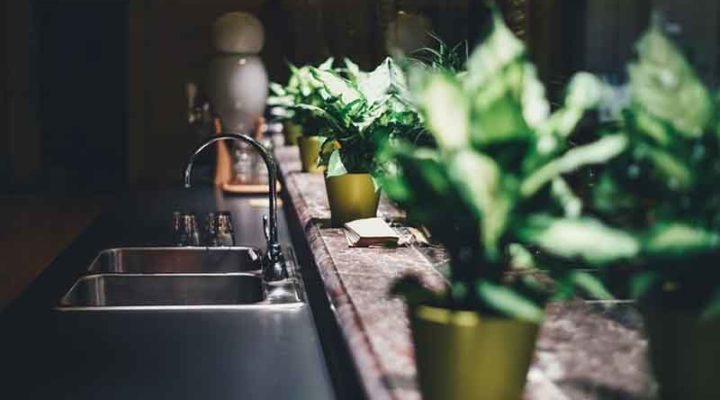


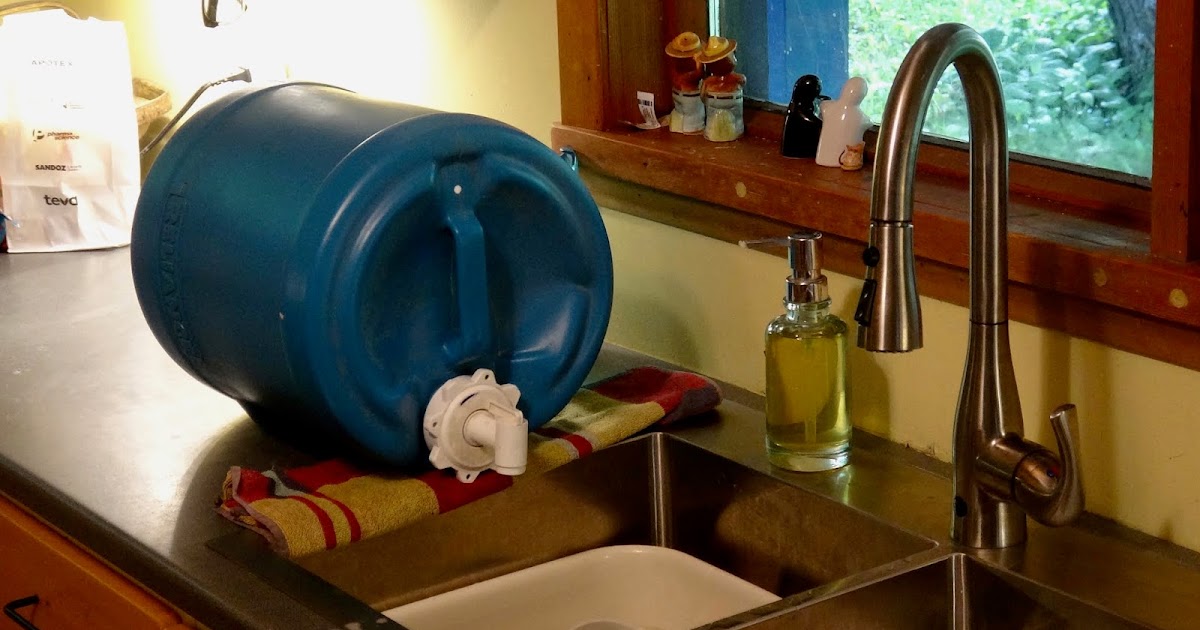




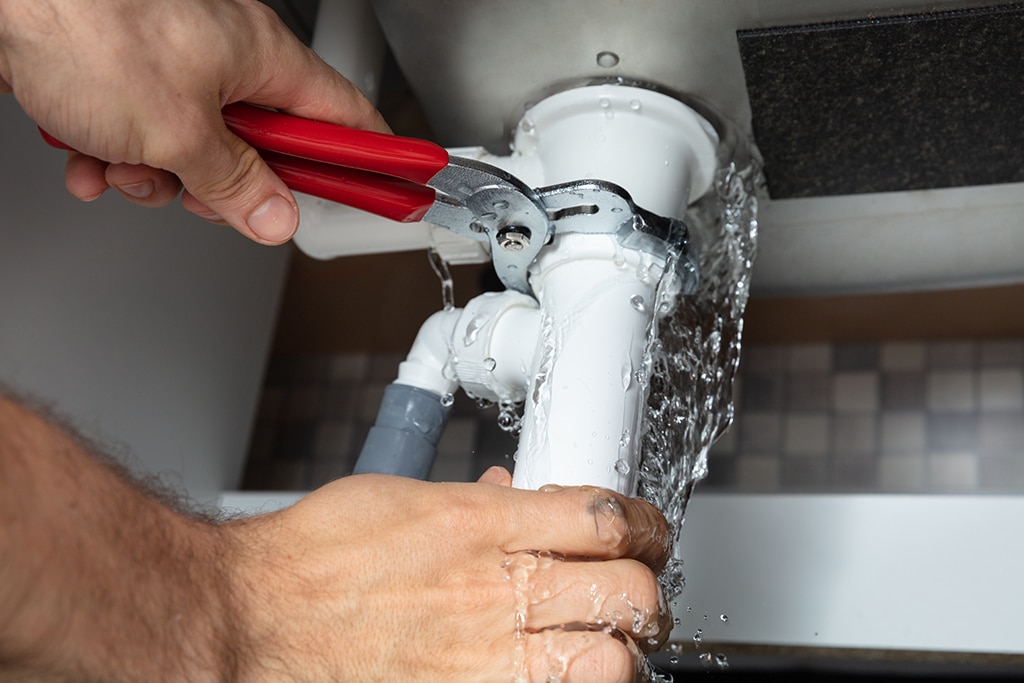





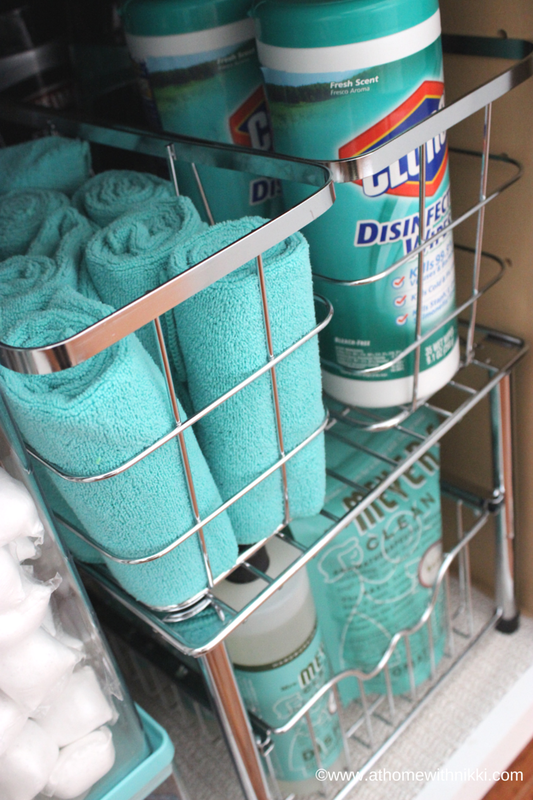
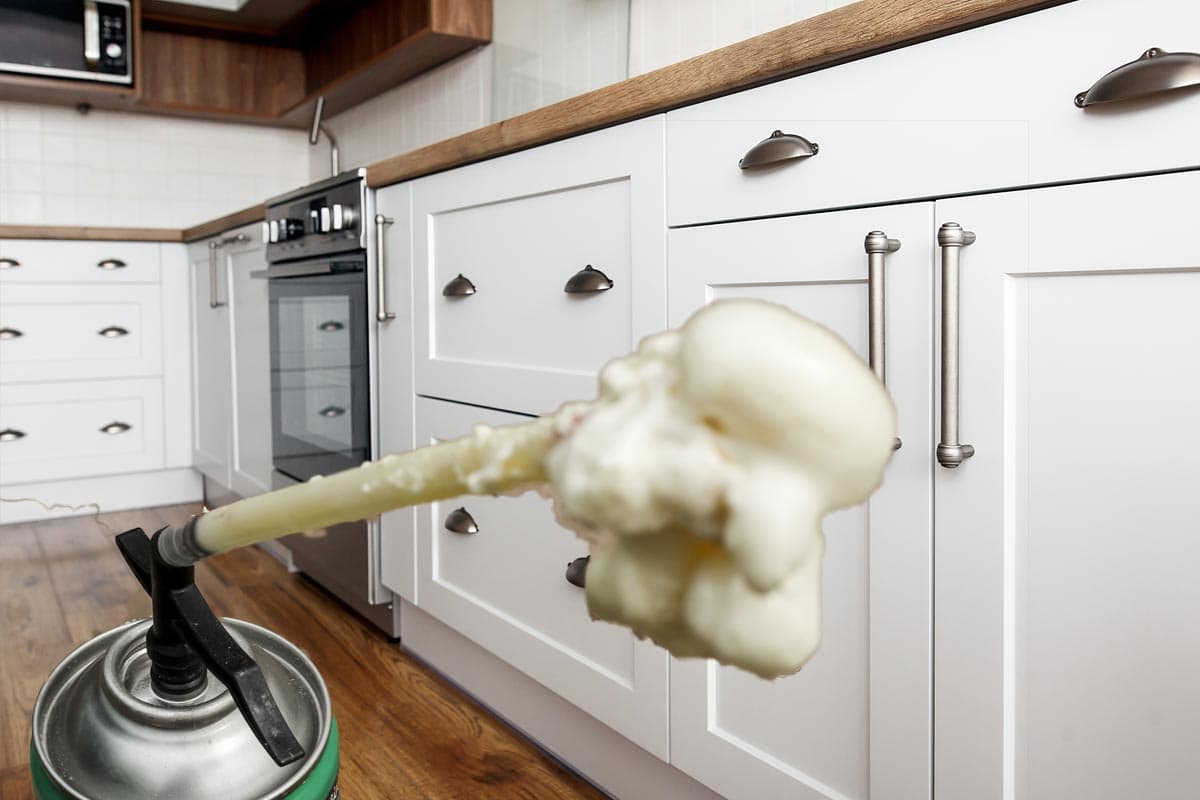

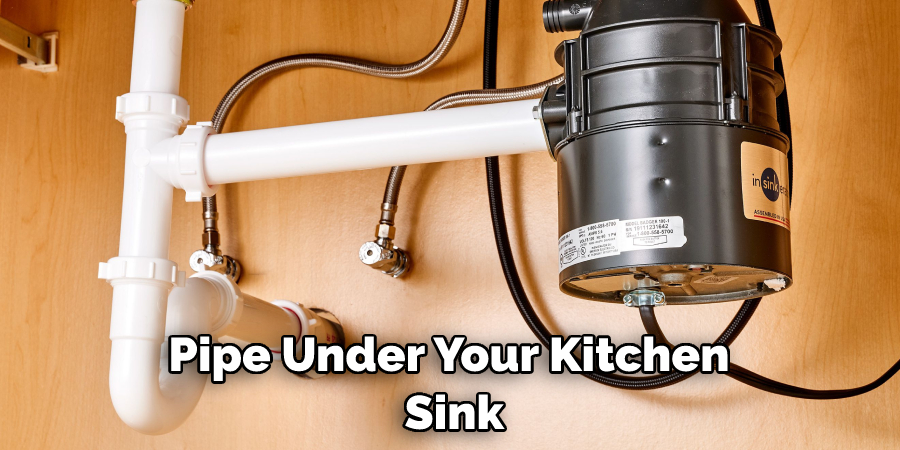
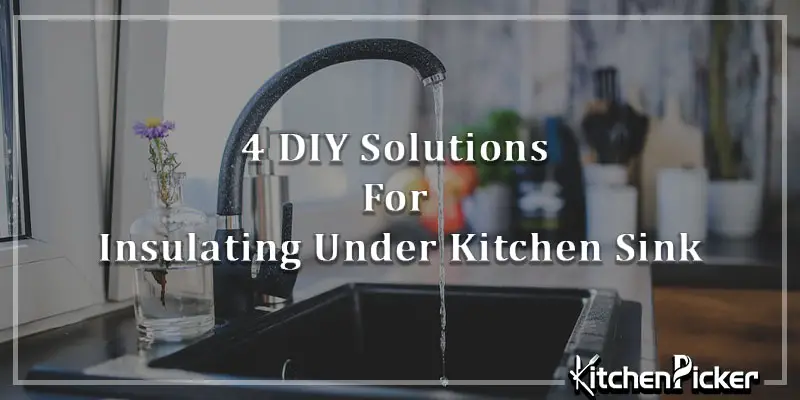
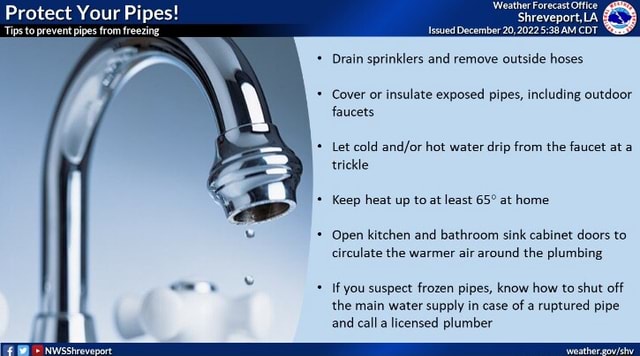
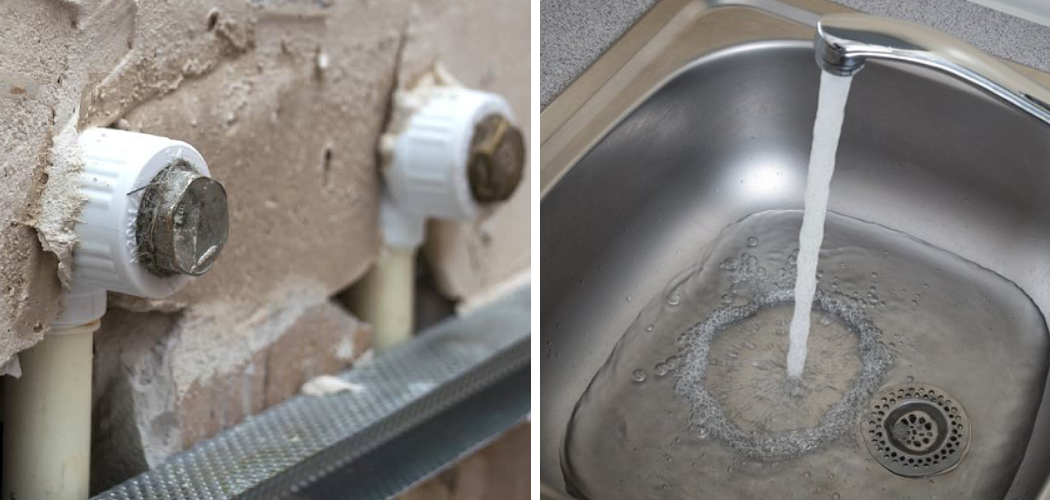
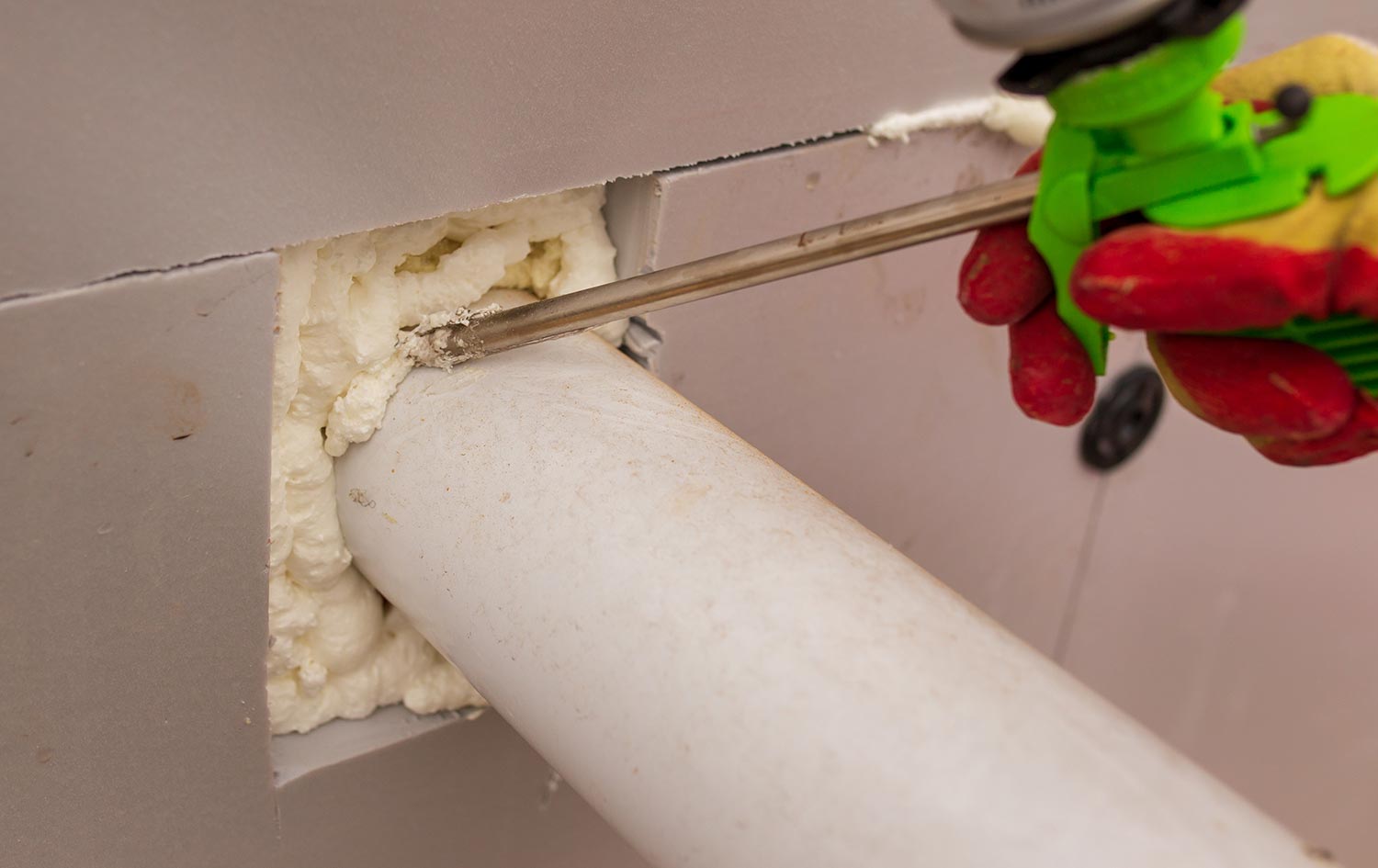




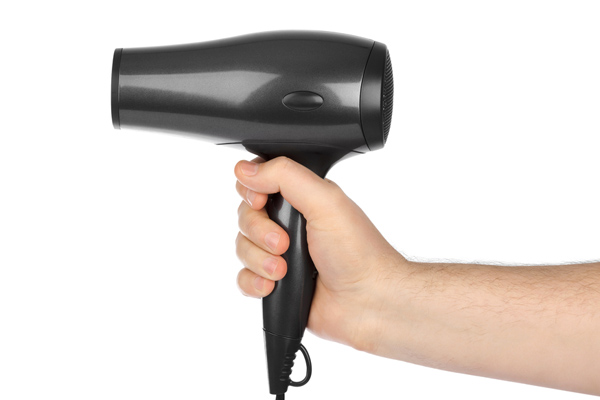

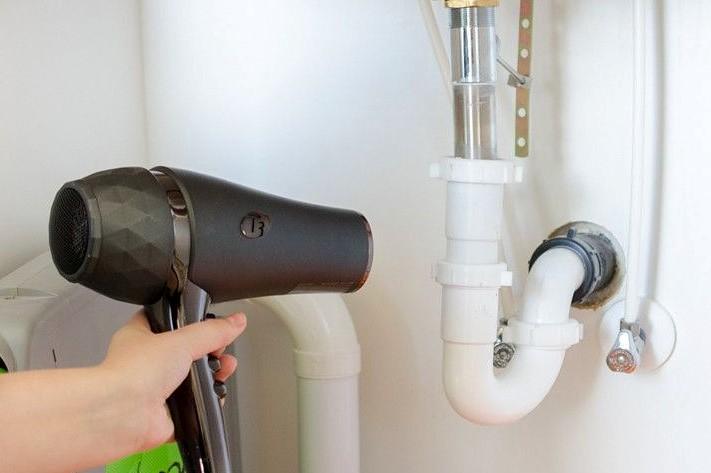
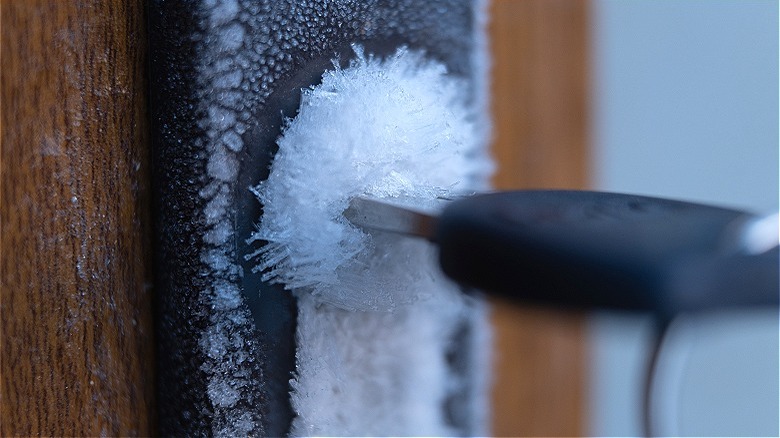


:max_bytes(150000):strip_icc()/child-turning-off-a-tap-509498619-5810dcb15f9b58564c4918e2.jpg)
